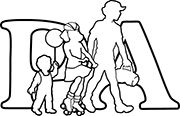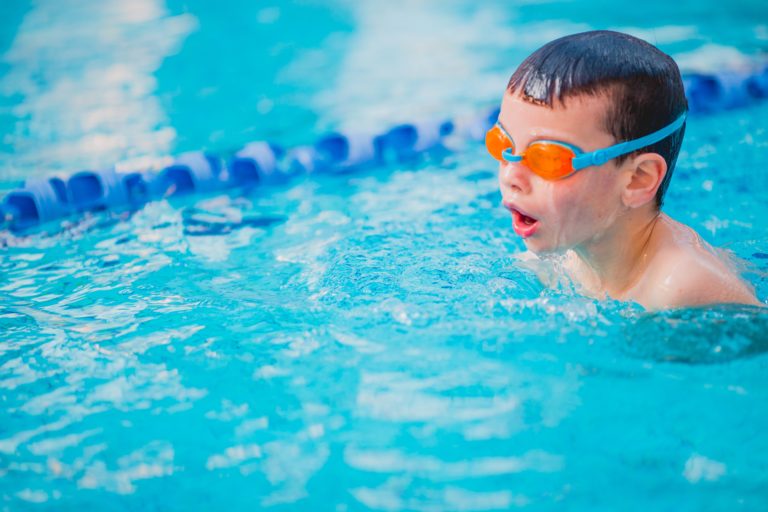Swimming is not only a lot of fun but a fantastic form of exercise that hopefully you can all take advantage of on Swim a Lap Day. Like all water sports, however, swimming does come with some risks that we can work to minimize. Drowning is the leading cause of unintentional death in children ages 1-4. The AAP recommends that all children over the age of 4 participate in formal swim lessons, and children ages 1-4 based on parental assessment of developmental readiness. Formal swim lesson can reduce the risk of drowning by 88%, however, caregivers should not rely solely on the ability to swim to prevent drowning deaths. Even once they know how to swim young children should not be left alone near a pool or spa. Designate an adult to be within an arm’s length of any child playing in a pool- “touch supervision”. Do not count on floaties or other inflatable swimming aids to prevent drowning- they give caregivers a false sense of security and are not a substitute for approved life vests.
Another important thing to know that is that many children who drown do so with an adult nearby who doesn’t recognize that they are in distress. That’s because drowning does not look the way it does on TV, with a lot of splashing, arm waving, and yelling. Instead it’s often a quiet event because a person who is drowning is using any time where their mouth is above water to breathe, and yelling is secondary. Additionally the arms instinctively move outward to push their head above water so they aren’t able to wave their arms. As many parents know, it’s when your children get quiet that you need to worry, and the same is true when they’re in the water.
Every single pool should be surrounded by a 4 sided fence that is at least 4 feet high. Gates should open away from the pool and have a latch that it too high for children to reach that will self-latch and self-lock. Consider putting alarms on the gate and surface alarms on the pool to alert someone if there is an unattended person in the pool. Large, inflatable, above-ground pools should be treated similarly as children may fall in after learning against the soft side. Additionally there should be rescue equipment such as a shepherd’s crook and life preserver available. Make sure that grandparents and relatives who have pools also follow these safety standards when your kids are visiting- since they might be out of practice having kids in their pool.
For more information:
https://www.healthychildren.org/English/safety-prevention/at-play/Pages/Swimming-Pool-Safety.aspx.
https://nvpeds.com/sites/default/files/ABCs-Pool-Safety.png.
Alaina M. Brown, MD FAAP

